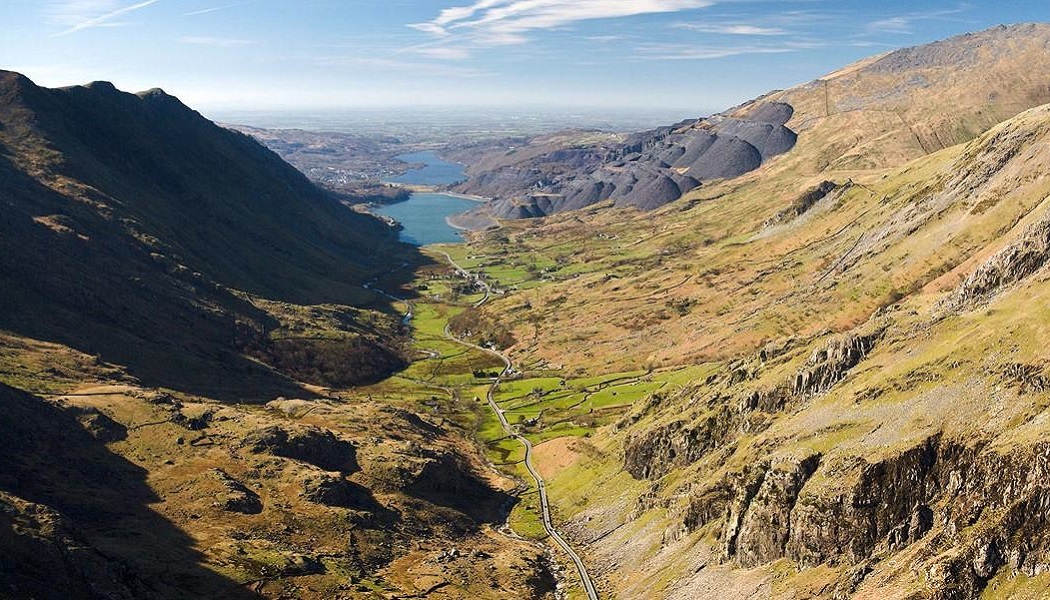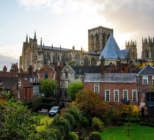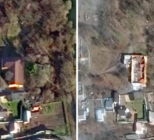The Welsh Slate Mining Landscape has been formally presented to UNESCO as the UK’s next nomination for inscription on the World Heritage List. The application has been made by the Department for Digital, Culture, Media and Sport, in cooperation with the Welsh Government and Gwynedd Council.
The site will now be considered over the next year by the International Council on Monuments and Sites before a conclusive decision is reached at the 2021 UNESCO World Heritage Committee meeting.
“The incredible slate landscape is hugely significant to North-West Wales and its industrial heritage. The area is described as having ‘roofed the 19th-century world’ and the slate from the mines continues to have an influence on architecture around the world,” according to heritage minister Helen Whately.
“This nomination is an excellent way to recognise the importance of Wales’ slate mining heritage and will bring benefits not only to Gwynedd but the whole of North Wales by attracting visitors, boosting investment and creating jobs.”
? NEWS: https://t.co/ZrZPsxvNj8
Heritage Minister @Helen_Whately submits the formal nomination to UNESCO for the Welsh Slate Landscape to become the UK’s 33rd UNESCO World Heritage Site and the 4th in Wales.@UNESCOUK @UKGovWales pic.twitter.com/iyjS4rkUQo
— DCMS (@DCMS) January 24, 2020
If recognised with UNESCO World Heritage Site status, the Welsh Slate Mining Landscape will join the nation’s Pontcysyllte Aqueduct, Blaenavon Industrial Landscape and the Castles and Town Walls of King Edward in Gwynedd on the protected list.
The nominated landscape runs throughout the Welsh county of Gwynedd, an area which became the world leader for the production and export of slate during the 18th century.
At the end of the 19th century the Welsh slate industry employed approximately 17,000 and produced 485,000 tonnes of slate a year. Slate from the region can be found on historically significant buildings around the world, including Westminster Hall, the Royal Exhibition Building in Melbourne and Copenhagen City Hall.
“Not only is the bid helping to celebrate and recognise our unique culture, heritage and language but it will also open the door for economic regeneration across the area, including the existing quarrying industry, traditional and craft skills along with looking to create sustainable tourism and high value job opportunities in Gwynedd,” Councillor Gareth Thomas, Gwynedd Council’s cabinet member for economic development, concluded.










